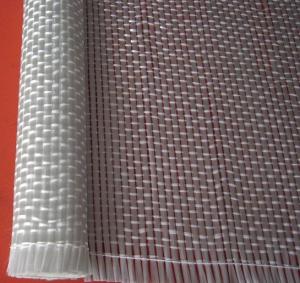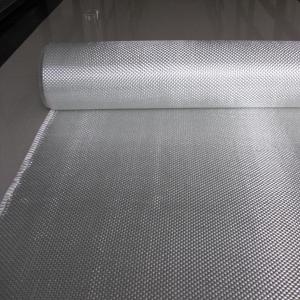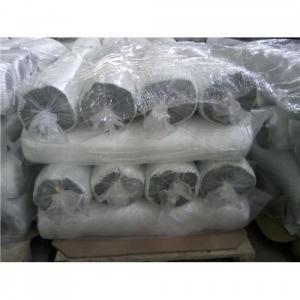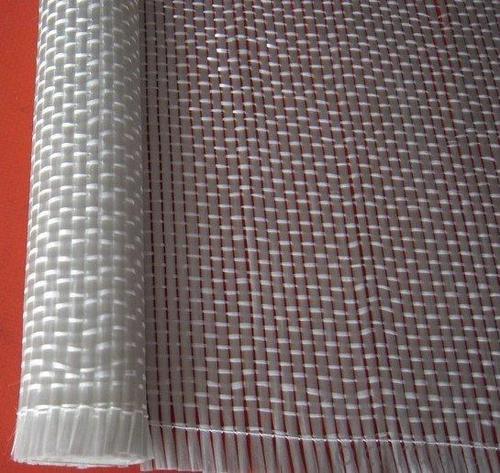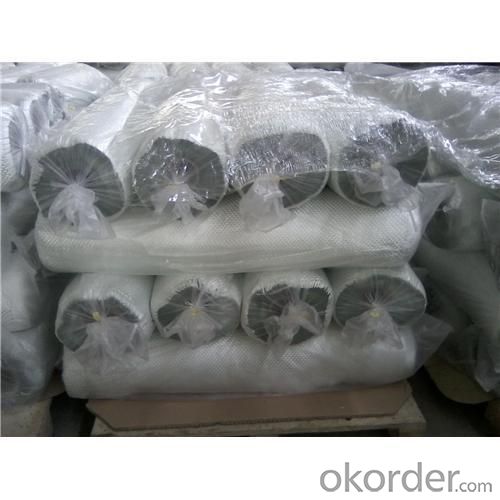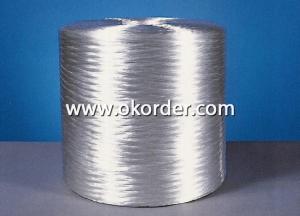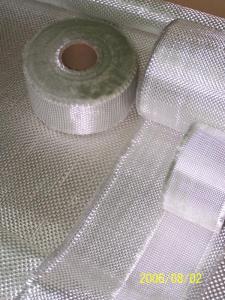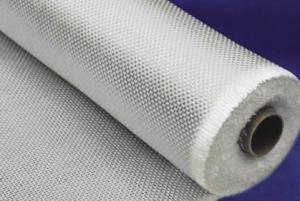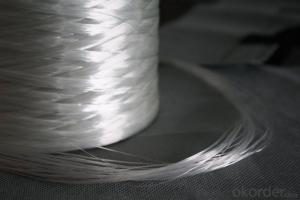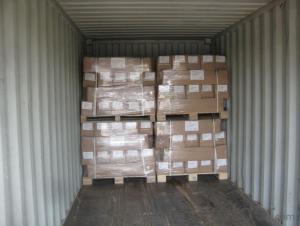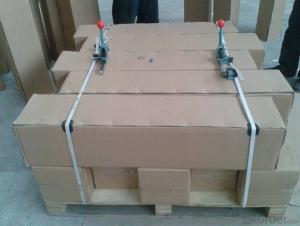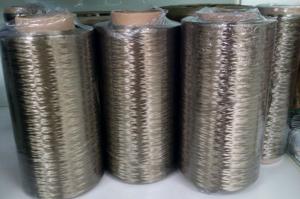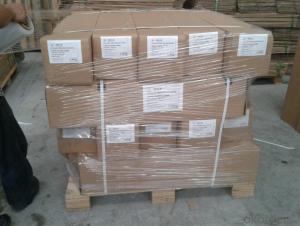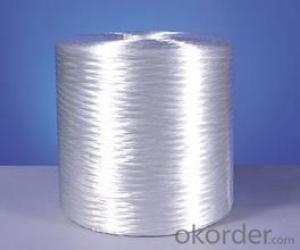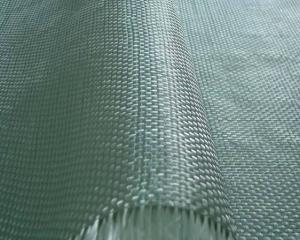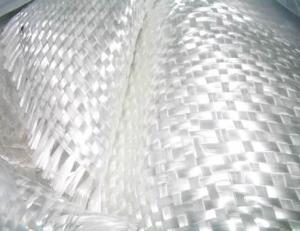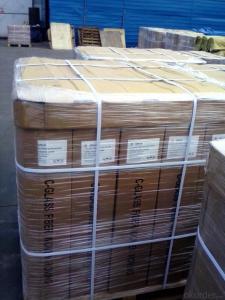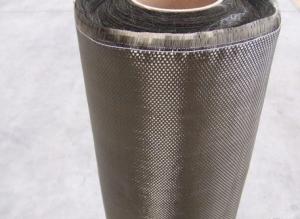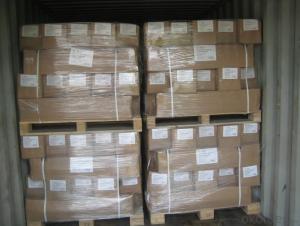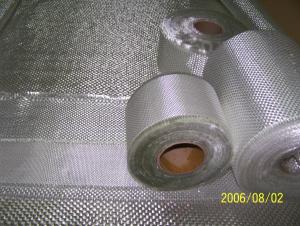Fiberglass Mat and Roving C-Glass Fiber Woven Roving
- Loading Port:
- China Main Port
- Payment Terms:
- TT or LC
- Min Order Qty:
- 10Ton kg
- Supply Capability:
- 100TON PER MONTH kg/month
OKorder Service Pledge
OKorder Financial Service
You Might Also Like
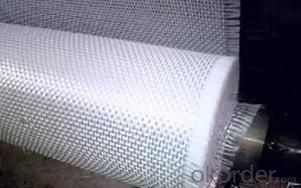
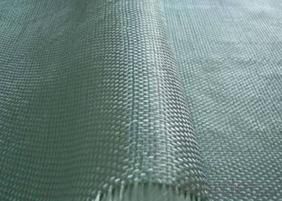
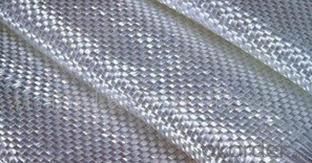
Special products are according to customer's requirements.
Individual and bulk packaging:Each roll is wound on a cardboard tube and protected by a plastic bag,then be put into a carton.
Static stacking of the pallets is possible up to one high.
Storage: The EWR should be stored dry and in its original packaging.The best conditions are temperature between 10 to 35 and at a relative humidity between 35% to 55%.
Woven Roving
Features: 1) Woven from direct roving2) Applications: mainly used for hand lay-up of large, high-strength FRP products
in
large molding, such as boat hulls, vehicles, swimming pools, furniture, tanks
and
architectural structures, which require higher strength than spray-up and hand
- Q: What are the advantages of glass fiber reinforced plastic antennas? What's the difference between an ordinary antenna and an ordinary one?
- SMC and its molded products as a new glass fibre reinforced plastics, glass steel, the processing methods can be divided into: hand molding, injection molding, paste pultrusion, winding molding, resin transfer molding, molding and other kinds of processing methods.
- Q: What type of cement is used in the common GRC component?
- Of course, the low alkali rapid hardening sulphoaluminate cement is good, but we do not use it as the cost increased, and the additive is double glass fiber mesh cloth. Cememt ans sand shall be simple packed. If it is the large mount, we could use machine for production
- Q: An introduction to glass fiber geogrid
- It is net?structure material woven through a certain method. In order to protect the glass fiber and improve the overall performance, it is geotechnical base material with excellent performance formed by a special coating treatment process. Glass fiber alkali free twistless roving is the main material of glass fiber geogrid.
- Q: What is the difference between glass fiber reinforced plastic antenna and cannon antenna?
- One is made of glass, the other is made of iron.
- Q: The manufacturing technique and process of glass fiber
- What is the thickness of chemical industry glass fiber winding pipe and chemical industry standard deviation?
- Q: What does glass fiber operating tools do ?
- wire drawing,drying, winding, fabric and so on.
- Q: Definition of glass fiber reinforced plastic doors and windows
- The unsaturated resin is used as the subtrate material. it have many advantages such as sound insulation and so on. Glass?reinforced?plastics is also called glass fiber reinforced material with lightweight property. Glass?reinforced?plastics doors and windows use glass fiber twistless roving and fabric as reinforcement material. It is a new type of composite material developed abroad in early twentieth Century and can add other mineral filler.
- Q: Epoxy resin mortar mix ratio
- 200 to 300 of mortar and 100 of epoxy resin will be fine. It should be added according to concentration. Construction convenient and high quality can be reported as the premise.
- Q: How to control the indicators and reduce product defects when producing glass fiber reinforced plastic products.
- Resins require low viscosity and are easy to operate manually. (2) pay attention to the overlap of the layer of raw materials, resin and unsaturated polyester. Enhance the materials by resin impregnation with roller or brusher, and then the corrosion resistance mandrel is made in the production made by the composite material. (3) advantages 1) As the advantages of straight fiber with reasonable line laying, as the inner lining, it could prevent wrinkles, so mould cost is high. Although the composite products are usually single shell. Twistless roving is used to priduce tube tank. (4) Disadvantages (1) It belongs to the labour intensive production. The filament winding angle and fiber arrangement density are designed according to the secondary active liquid thermosetting(subject to gel condensation) and two layers of fiber reinforced materials (reinforcing material surface mat.) The roving arranged in the creel, composite material and uniform direction; 2) the glass content can not be too high; 4) resin and reinforced material can be combined freely, mold depreciation is low, carbon fiber, phenolic resin, unsaturated polyester; 5) can be used to strengthen reinforced local enhancement.
1. Manufacturer Overview
| Location | Zhejiang, China |
| Year Established | 1969 |
| Annual Output Value | Above US$ 150 Million |
| Main Markets | overseas companies in Hongkong, Canada, South Africa, South Korea, India, Italy, Singapore, France and many other countries and regions. |
| Company Certifications | ISO9001;ISO14001 |
2. Manufacturer Certificates
| a) Certification Name | |
| Range | |
| Reference | |
| Validity Period |
3. Manufacturer Capability
| a) Trade Capacity | |
| Nearest Port | Shanghai |
| Export Percentage | 40%-50% |
| No.of Employees in Trade Department | 21-50 People |
| Language Spoken: | English |
| b) Factory Information | |
| Factory Size: | Above 5000,000 square meters |
| No. of Production Lines | Above 5 |
| Contract Manufacturing | |
| Product Price Range | Average |
Send your message to us
Fiberglass Mat and Roving C-Glass Fiber Woven Roving
- Loading Port:
- China Main Port
- Payment Terms:
- TT or LC
- Min Order Qty:
- 10Ton kg
- Supply Capability:
- 100TON PER MONTH kg/month
OKorder Service Pledge
OKorder Financial Service
Similar products
Hot products
Hot Searches
Related keywords
